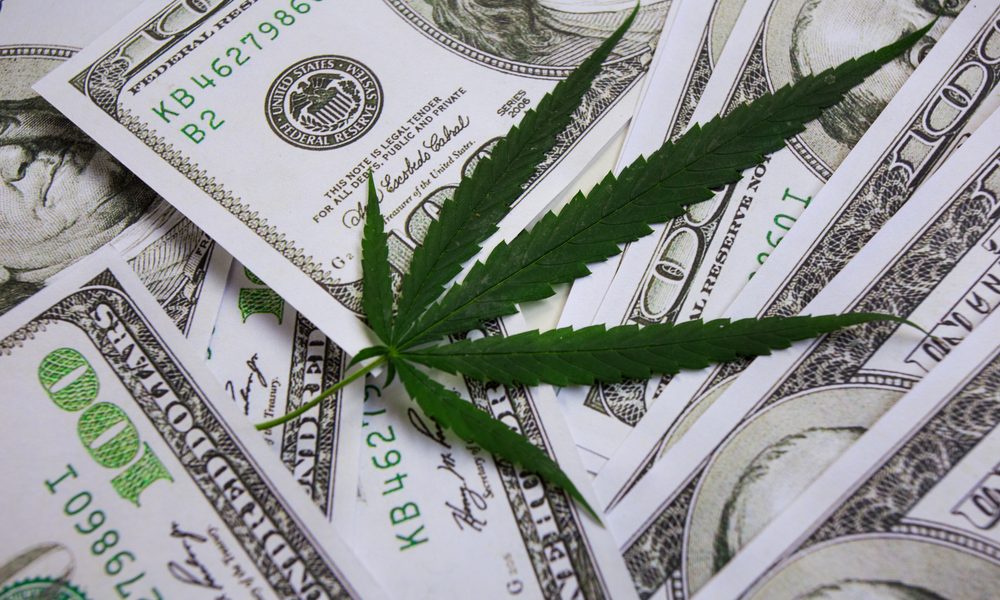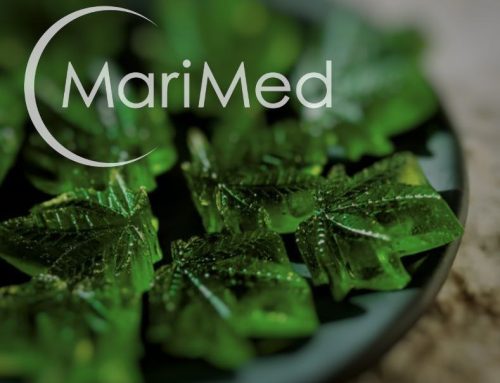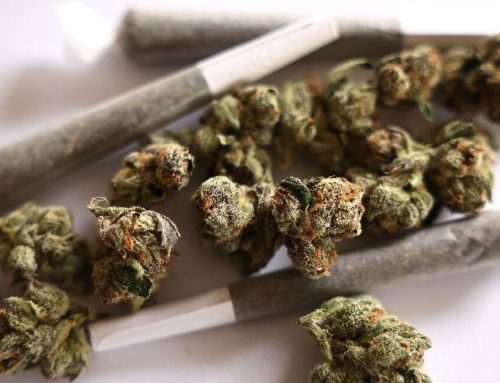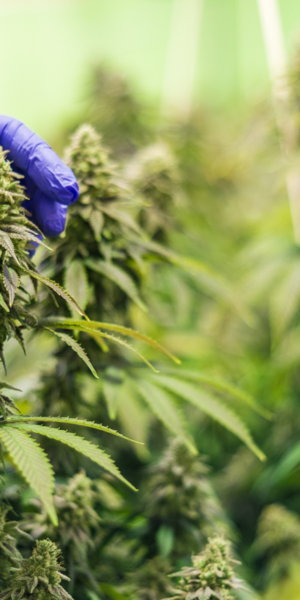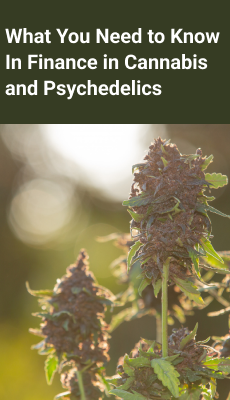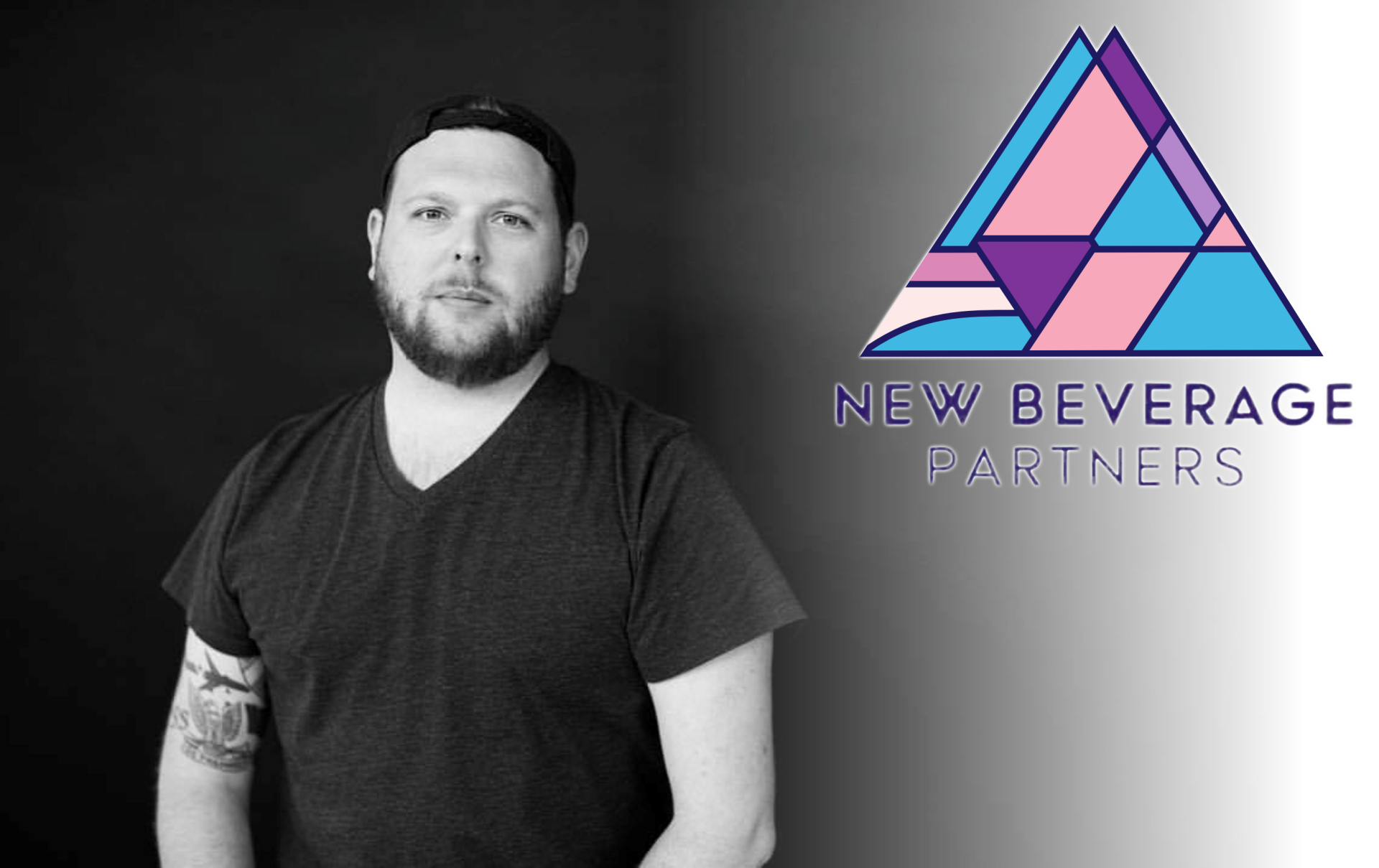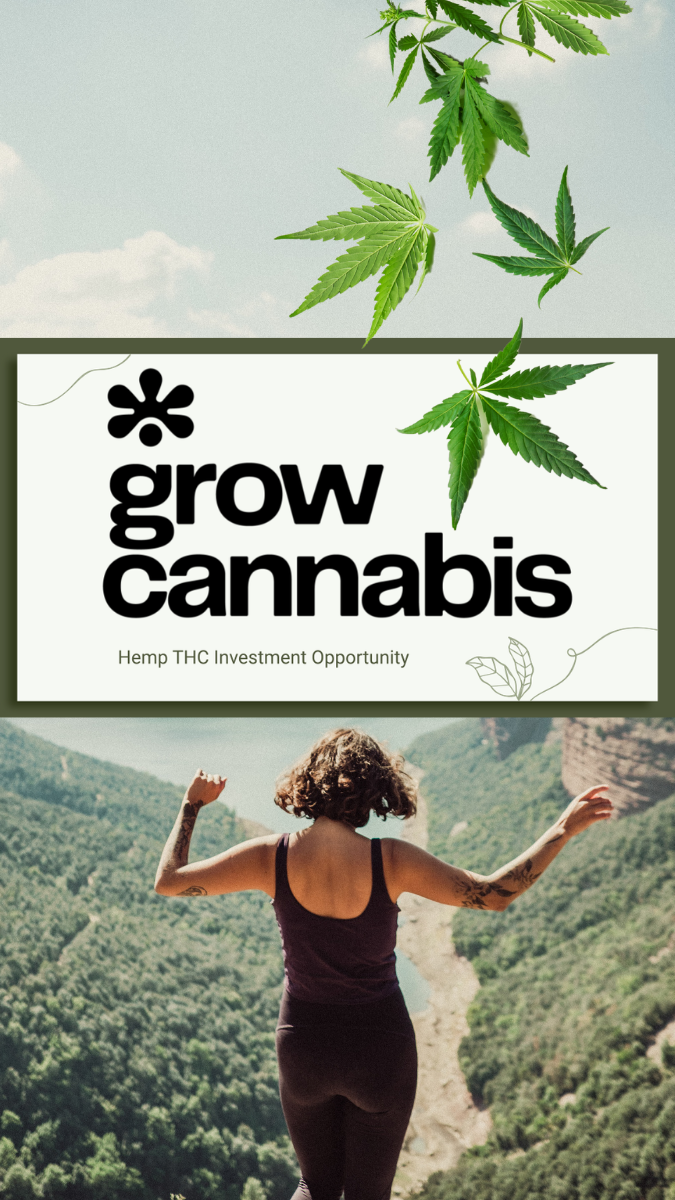How to Read an Income Statement Like A Boss: Lessons from P&G
LOS ANGELES–At Procter & Gamble (P&G), we were taught to analyze financial statements with precision, breaking them down into actionable insights that link business performance to strategy. Cannabis companies can apply these same principles to their financial management, as cannabis is fundamentally a consumer packaged goods (CPG) product. Here’s a practical guide using Tide, one of P&G’s most iconic brands, as a hypothetical example.
What is an Income Statement?
An income statement, often called a profit and loss statement, or P&L, reveals a company’s financial performance over a specific period. It includes:
- Revenue: Total sales or income generated.
- Cost of Goods Sold (COGS): Direct costs of producing products.
- Gross Profit: Revenue minus COGS.
- Operating Expenses: Marketing, R&D, and administrative costs.
- Operating Income: Profit from core business operations.
- Net Income: The “bottom line,” or total profit after taxes and interest.
Hypothetical Income Statement: Tide Brand (FY 2000)
(All figures in millions)
| Category | Amount |
|---|---|
| Revenue (Sales) | $10,000 |
| Cost of Goods Sold (COGS) | $4,000 |
| Gross Profit | $6,000 |
| Operating Expenses: | |
| – Marketing & Advertising | $2,000 |
| – Research & Development | $500 |
| – Administrative Costs | $500 |
| Total Operating Expenses | $3,000 |
| Operating Income | $3,000 |
| Other Income/Expenses: | |
| – Interest Expense | $200 |
| – Taxes | $800 |
| Net Income | $2,000 |
Step-by-Step Analysis
1. Start Big (Revenue):
Tide generated $10 billion in sales, driven by:
- Volume Growth: Sold 1 billion units worldwide, up 5% from last year.
- Pricing: A 2% price increase added $200 million.
- Market Expansion: Growth in emerging markets like Southeast Asia.
Cannabis companies can think similarly—track unit sales (grams, prerolls) and average selling price (ASP) to understand revenue drivers.
2. Look at Margins (Gross Profit):
Tide’s gross profit is $6 billion (60% margin), reflecting efficient production.
In cannabis, gross profit = Revenue – COGS, including cultivation, packaging, and labor. Watch for margin compression from competition or rising input costs.
3. Dive into Operating Expenses:
- Tide invested heavily in marketing ($2 billion) to maintain brand loyalty and spent $500 million on R&D for innovation (e.g., eco-friendly formulas).
- For cannabis brands, allocate budgets to branding, consumer education, and product development (e.g., solventless extracts or nanoemulsions).
4. Focus on Operating Income:
Tide’s $3 billion operating income (30% margin) shows operational efficiency.
For cannabis companies, controlling operating expenses while scaling revenue is critical. Keep an eye on tax and compliance costs (e.g., 280E).
5. Examine the Bottom Line (Net Income):
Tide’s $2 billion net income highlights profitability after accounting for taxes and interest.
Cannabis businesses often struggle here due to regulatory burdens and high taxes. Expanding into less saturated markets or streamlining operations can help.
How This Applies to Cannabis Companies
Cannabis companies can learn from P&G’s disciplined approach to financial management. Both industries rely on:
- Volume and Pricing: Understanding sales growth and pricing strategy.
- Marketing and Branding: Building trust and loyalty in a crowded market.
- Operational Efficiency: Keeping production and administrative costs in check.
The cannabis industry may be unique, but its core products—flower, edibles, vapes—are fundamentally CPG products. If a household brand like Tide can thrive through strategic management, cannabis companies can achieve the same by applying these principles to their operations.
By breaking down your income statement, you can transform it from a simple financial report into a roadmap for growth and profitability.
Author: Mark Collins © 2024 Highly Capitalized Network. All Rights Reserved. This article may not be reproduced, distributed, or transmitted in any form or by any means without the prior written permission of Highly Capitalized Network. For permission requests, contact us at [email protected].











